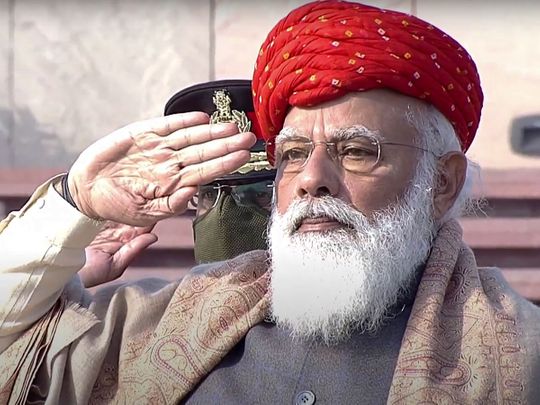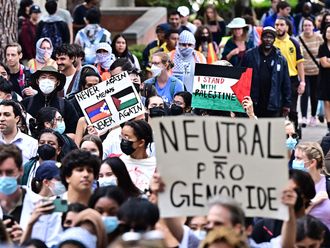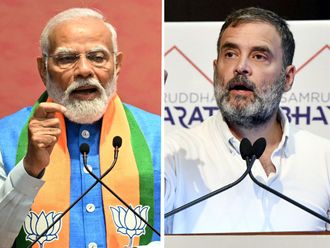
For over two months, tens of thousands of farmers are camping outside India’s capital New Delhi in a tense standoff with government over market reforms for agriculture sector. The protest, unprecedented in scale and intensity, has attracted national attention and is arguably the biggest challenge for the government of Prime Minister Narendra Modi. The protesters want Modi to repeal three new laws that seek to change the way India’s millions of farmers sow, harvest and sell their crops. They have rejected Modi’s assurances that new legislations will improve income of farmers and attract private investment in storage facilities and cold chains.
On January 26, the day celebrated as Republic Day in India, farmers entered the capital on thousands of tractors and stormed the iconic Red Fort, a Mughal monument from where prime ministers hoist the national flag. The images of farmers climbing the ramparts of the fort and hoisting a religious flag stunned the nation. In other parts of the capital, farmers and police clashed violently as protesters tried to enter central Delhi. The farmers blamed outsiders for the Red Fort incident and accused the government of attempting to malign their movement.
So far, the government and the farmers have held 11 round of talks and all ended in failure. Modi’s government has promised to suspend the laws for a year and a half and assured to look into contentious provisions of the laws, an offer rejected by the farmers. On Thursday and Friday, there was another round of tense standoff between police and farmers at two locations.
There is no indication that protesting farmers will back down any time soon, they have occupied highways and camped in bitter cold and are prepared to sustain their movement for months. As the government prepares to table budget in Parliament on Monday, this standoff in the national capital is attracting global attention. At a time when India seeks to recover from pandemic-fuelled economic shock, a mass protest of this kind has the potential to put off international investors.
The Modi government has legislative muscle and the prime minister’s popularity remains intact, but he enjoys little support from opposition parties on this issue. His own party lacks charismatic leaders who can reach out to agitating farmers. So far, Modi himself has avoided a direct dialogue with the farmers, an option he must consider to try and defuse the situation. He must also build political consensus by reaching out to opposition parties. While there is a broad consensus on farm sector reforms, experts are divided on the pace and scale of this process. The farmers fear capitalists will take over their lands if the laws are implemented, a perception Modi must attempt to counter and calm the tempers.








